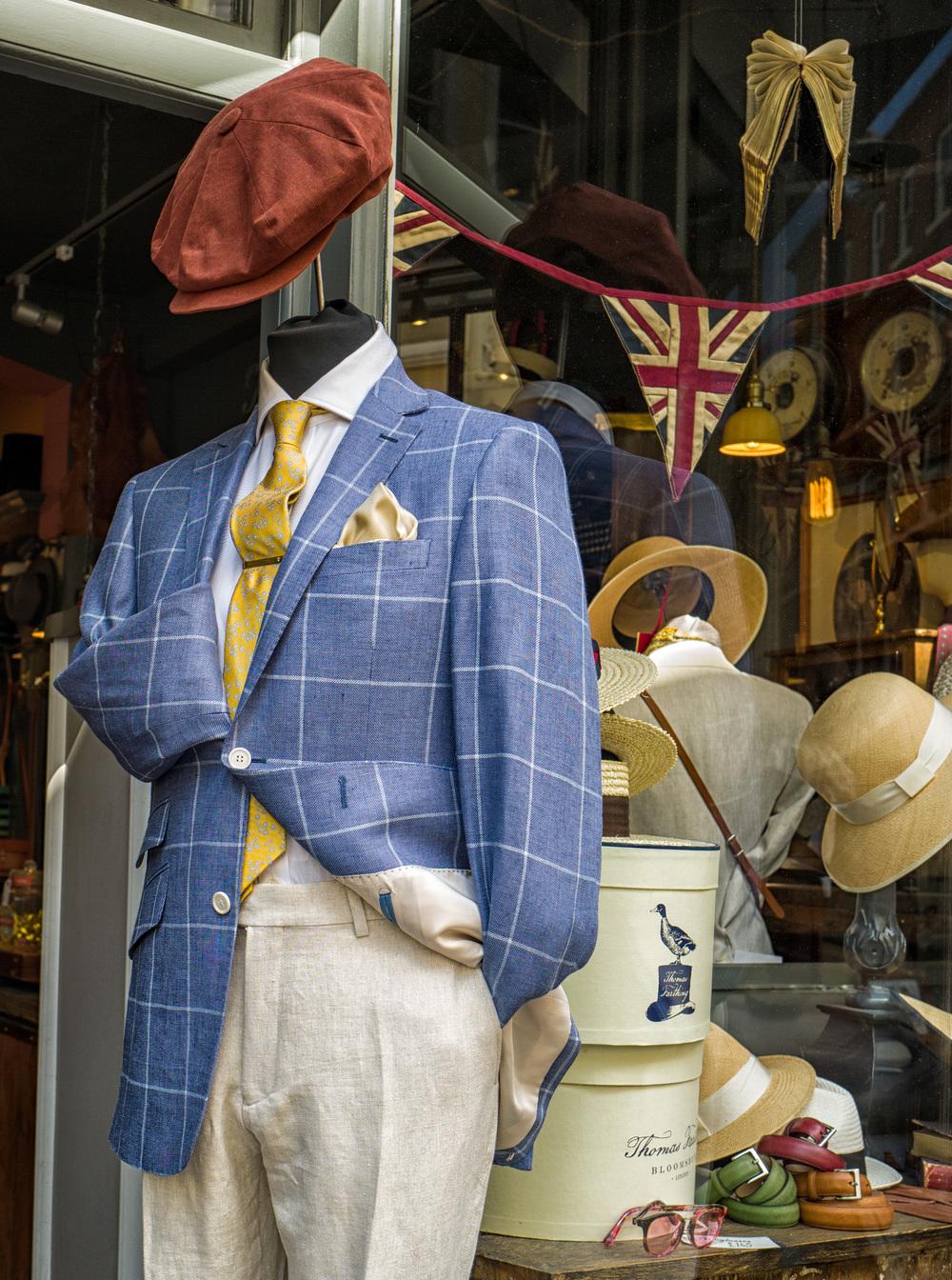
Click on photos for lightbox view
It’s not only Leicaphiles who are drooling over the Q—they are queuing in droves for this camera all over the world—the general press is feeling pretty enthusiastic too. British tech website, Pocket-lint has been testing the new Leica and pronounced it the best fixed-lens full-frame compact ever made. That’s praise indeed, and praise with which I fully concur. I believe the Q is something special as I outlined in my own test in June. Pocket-lint rightly highlights the quality of the lens.
But what really makes the Leica Q worth its asking price is the quality of the lens. It’s astounding. We don’t use that word lightly, but we’ll say it again for good measure: astounding.
While I have not had the chance to play with the new 28mm Summilux M lens, which costs £3,975, I have read all the reviews I can find. It is a certainly superb optic but I have to wonder just how much better it is than the slightly slower f/1.7 Summilux of the Q. It also weighs 440g. If you add in an M240 the combo tips the scales at just under 1,200g.

The Q, on the other hand, boasts a similar (I won’t fall into the trap of saying equivalent) lens and a similar full-frame sensor into a package that weighs just 640g, little more than half the weight of the M combo. That’s impressive enough, but look at the price difference and prepare to be astounded. You are are in for £8,250 with the M and Summilux compared with only £2,900 for the Q. You are thus paying nearly three times as much for very near identical results. I am so impressed by the lens of the Q that I can only say that the Summilux-M must be a total masterpiece if it is significantly better.
Put another way, instead of buying the 28mm Summilux M you can buy an camera and suberb lens for £1,000 less. Such good value, the Q.

Of course this isn’t all the story. While the M will depreciate roughly in line with the Q, that 28mm Summilux-M will probably hold its value over the years. With the Q, you lose the lens when you lose the camera. That said, the Q is so good that I think it will still in demand into the 2020s if you buy one now. The Q, like the Digilux 2 and the X1, is a digital classic in the making.
If you are happy with a fixed 28mm lens and can persuade yourself that cropping to 35mm and 50mm is viable for your sort of photography, then the Q is astounding value for money. And it will keep your travel bag light.

